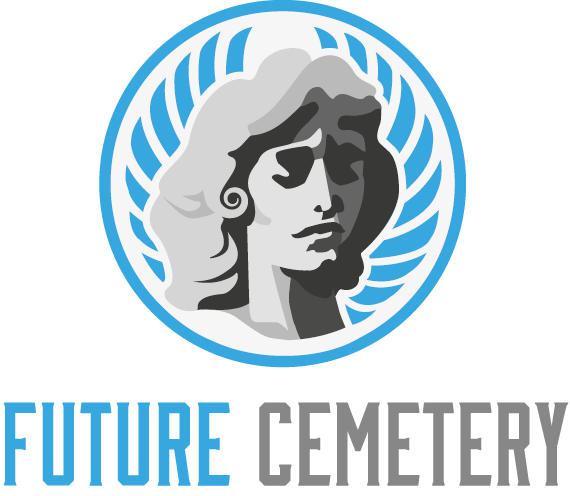A graveyard is a location where bodies are laid to rest. They are often associated with churches, but can also be independent of them.
As populations grew quickly, church burial grounds were reaching capacity. As a result, independent cemeteries were established to provide more burial space. A cemetery is typically larger than a graveyard.
History
The big clue is in the single word “cemetery.” This tells us that this is a place that has been designated for burials and isn’t just a patch of land that happens to be beside a church. Cemeteries are often special places with many rules about what you can and cannot do there.
Most people who died in the past were buried in graveyards. Those who were wealthy or had high social status would be buried inside the church in a crypt or other special location. Less wealthy congregants were usually buried in a graveyard located on the church grounds.
Many rich families hired a stonemason to make their headstones more elaborate than the others in the cemetery. These tombstones typically had the person’s name, dates of birth and death and other information on them. Some even had a statue placed on top. This was an indication of wealth and a way to show that you were important in life.
Locations
The biggest clue about a graveyard is the word itself. It indicates that this area has been designated for burials, rather than some random patch of land next to a church. Because of this, it has usually been planned out and more thought has gone into the whole thing than just digging holes and burying people when they die.
When people started burying in large groups they needed a place to keep the bodies until they decomposed, which is where the first graveyards came from. These were initially situated in churchyards, although as churches ran out of space other non-church-associated cemeteries began to appear.
These were often built on open lands on the outskirts of cities and towns, where miasma was less of an issue as in urban areas. Because of this they are usually larger than churchyards. They also tend to be more modern, with better facilities. As a result of this they can also be more expensive than a church-run graveyard.
Symbolism
Learning to “read” the symbols on gravestones is a fascinating and enlightening endeavor. While many designs have obvious religious connotations (crosses, angels, crucifixes, crescents and pentagrams), other carvings are less obtrusive. A simple tree can represent the idea of eternal life, while a dove flying upward may indicate that the soul has passed into heaven.
Other symbols, such as an hourglass or winged one, are memento mori, reminders of our own mortality. They can appear on their side, suggesting that time has stopped for the deceased, or with wings to show that it flies quickly.
Symbols can sometimes have more than one interpretation, so it’s important to approach this subject with an open mind and a healthy dose of skepticism. Familiarize yourself with varying scholarly opinions, and you will soon discover how intriguing and complex the world of cemetery symbolism can be! Animals can symbolize strength, power and a link to the divine in many cultures.
Meaning
Regardless of your beliefs, visiting a graveyard can teach you a lot about life and its meaning. You can see how death has touched many lives, from the famous like Henrietta Lacks to the average citizen, and how even though we want to deny it, our time is coming one day.
The biggest difference between a graveyard and cemetery is that a churchyard burial ground is only open to members of a specific church. Cemeteries, on the other hand, are independent sites that can be used by any member of a community.
In a world where so much is transient, churches with graveyards help to root people in their communities. They also remind believers that they too will be moving from earth to (Lord willing) heaven, and that the body is a precious vessel in God’s eyes. A graveyard is a place to be reminded that our time on earth is limited, and to reflect on what we should prioritize in this short time we have.
